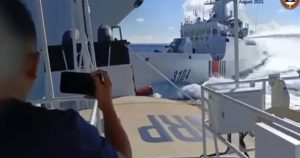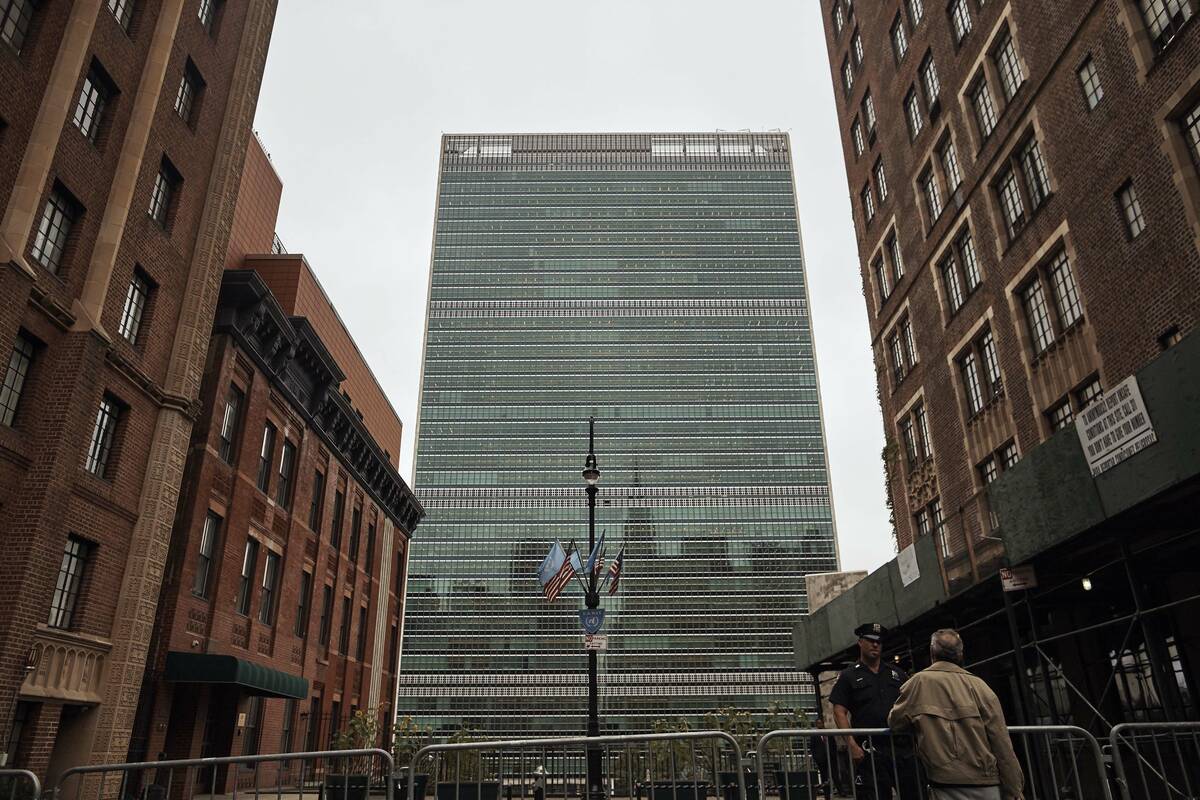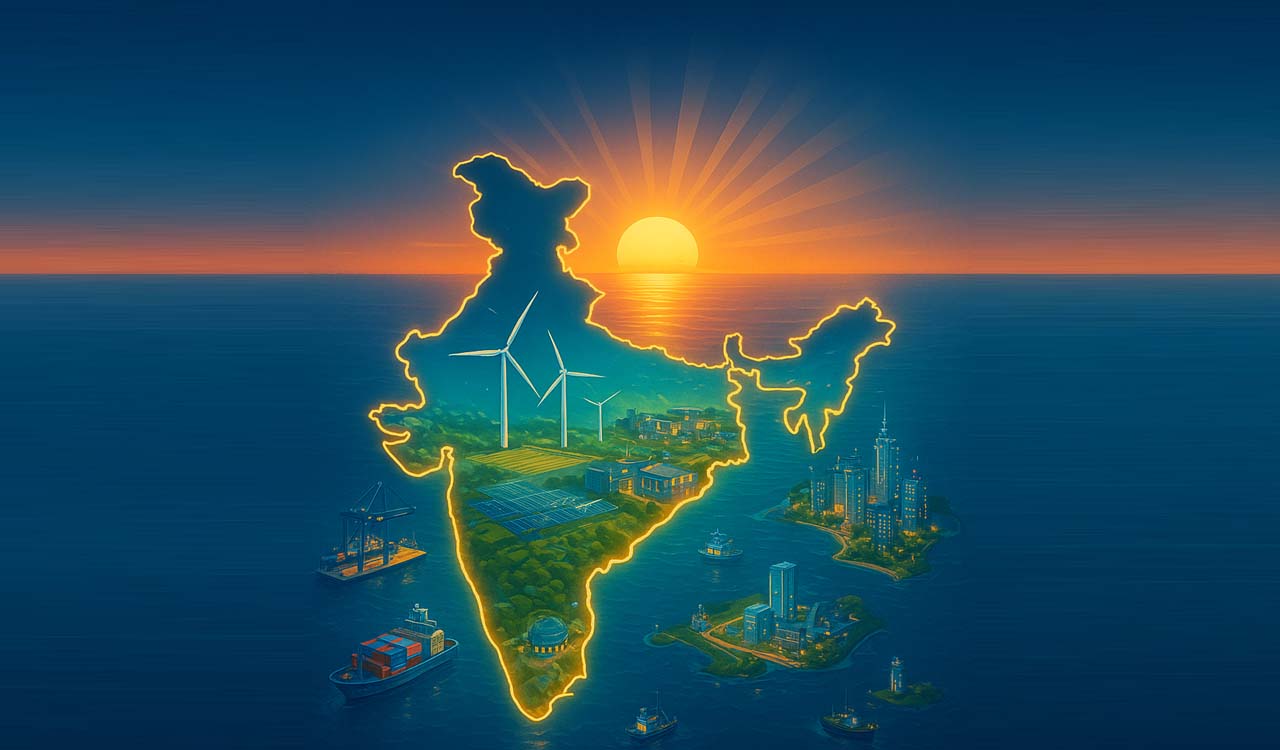In early 2023, Indian Prime Minister Narendra Modi unveiled MAHASAGAR (Mutual and Holistic Advancement for Security and Growth Across Regions) during a visit to Mauritius, marking a significant evolution from his previous maritime initiative, SAGAR (Security and Growth for All in the Region). While SAGAR focused primarily on regional security, MAHASAGAR incorporates broader dimensions such as economic diplomacy, technological connectivity, and environmental sustainability, reflecting a shift from a regional to a global maritime strategy.
Over the past decade, SAGAR has successfully enhanced maritime domain awareness (MDA), humanitarian assistance and disaster response (HADR), and naval diplomacy, cementing India’s role in the Indian Ocean Region (IOR). The Information Fusion Centre-Indian Ocean Region (IFC-IOR) established in 2018 has been pivotal in sharing real-time maritime information with 28 countries, aiding in efforts to combat illegal activities. Furthermore, India has conducted numerous naval exercises and provided support through humanitarian initiatives, including vaccine distribution during the COVID-19 pandemic and disaster relief missions.
Despite these achievements, India’s maritime ambitions face significant challenges. The lack of a definitive institutional framework hampers coordinated action and implementation. SAGAR’s guiding principles often remain abstract and rhetorical, lacking the operational detail seen in initiatives like China’s Belt and Road Initiative (BRI). To advance MAHASAGAR effectively, the Indian government must develop a formal policy document that clearly outlines its objectives, stakeholders, and resource allocation, similar to established national security strategies.
Beyond merely addressing security, MAHASAGAR should embrace economic growth and environmental sustainability. Many IOR nations prioritize infrastructure and economic development, which India must integrate into its maritime strategy. While SAGAR has made strides in this area, its focus on security dominates, impeding economic partnerships and development projects crucial for enhancing India’s influence in the region.
Moreover, the Indian Ocean faces severe environmental challenges made worse by climate change, pollution, and overfishing. Addressing these issues through cooperative frameworks is essential not only for ecological preservation but also for sustaining the livelihoods of coastal communities. India’s maritime responsibilities should therefore include active engagement in sustainable practices and environmental protection.
Modi’s vision for MAHASAGAR must cultivate a balanced approach that strengthens security while also pursuing economic and environmental objectives. By fostering multilateral maritime exercises and enhancing collaborative maritime domain awareness, India can position itself as a “first responder” and a prominent security partner in the IOR. This comprehensive approach is crucial for countering China’s dominance and for asserting India’s leadership in the maritime space.
In conclusion, transitioning from SAGAR to MAHASAGAR represents a critical step in India’s maritime evolution. To solidify its rising power status, India must effectively blend diverse strategic aims into a coherent maritime vision. By doing so, India can enhance regional stability and economic cooperation while countering external influences and challenges in the maritime domain.
Source link






